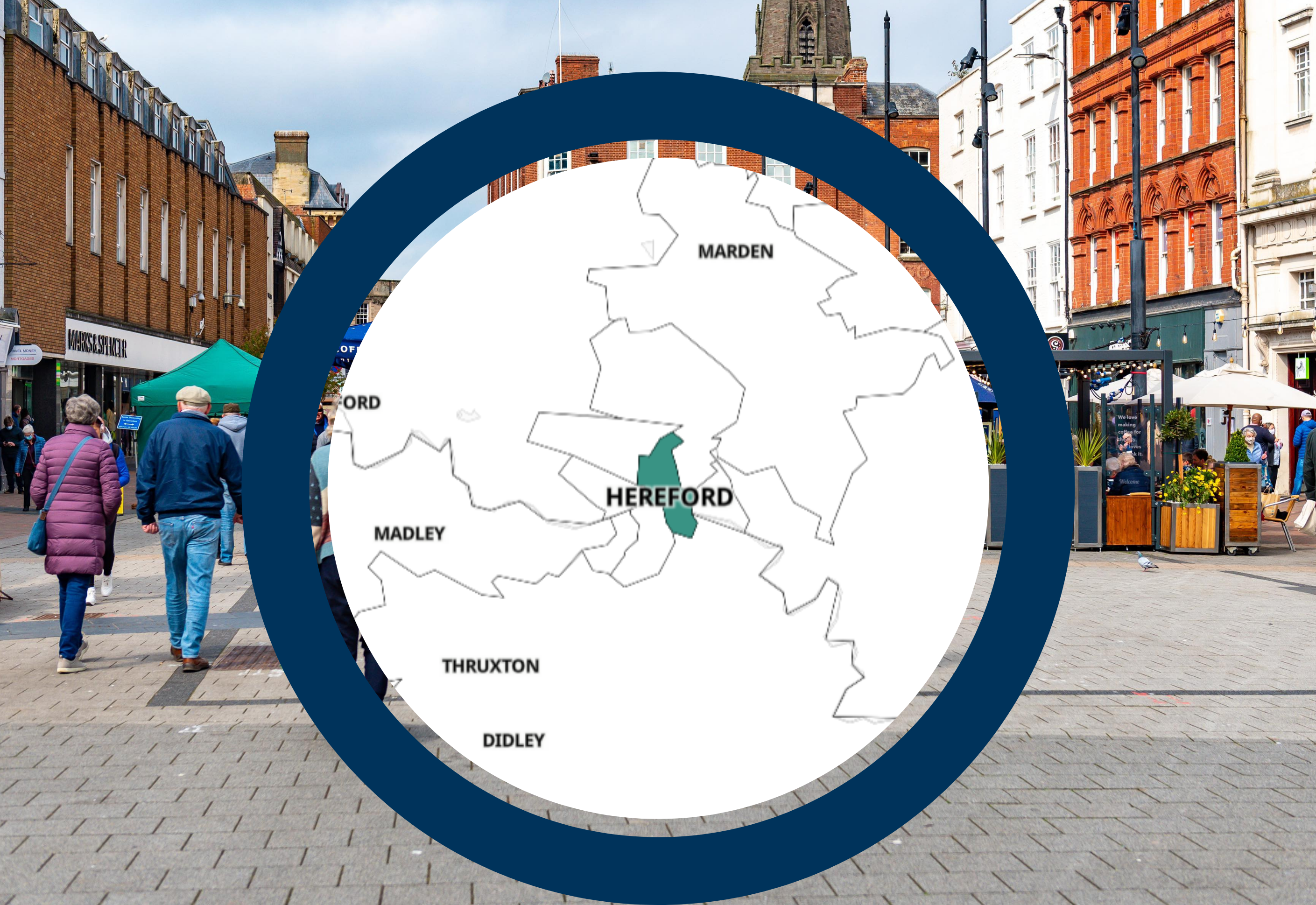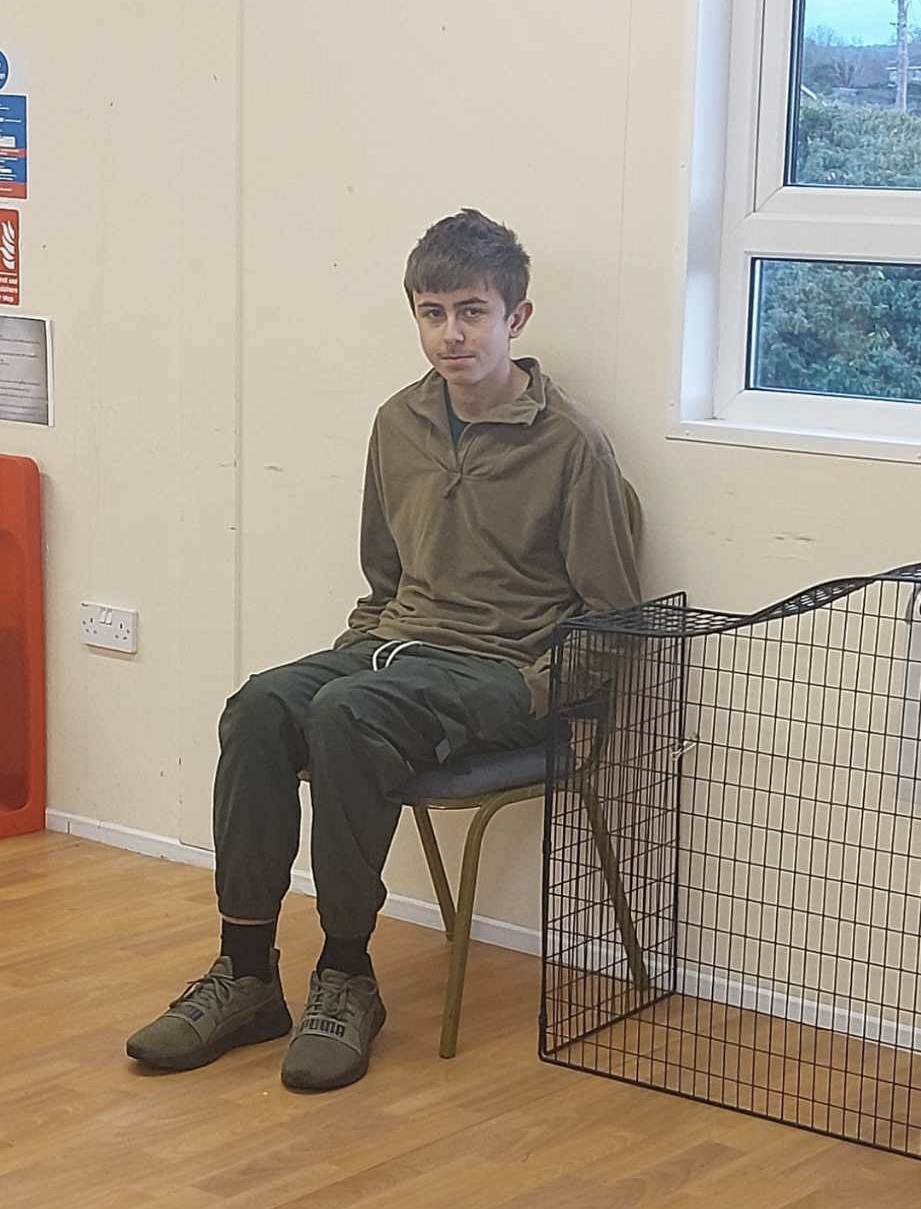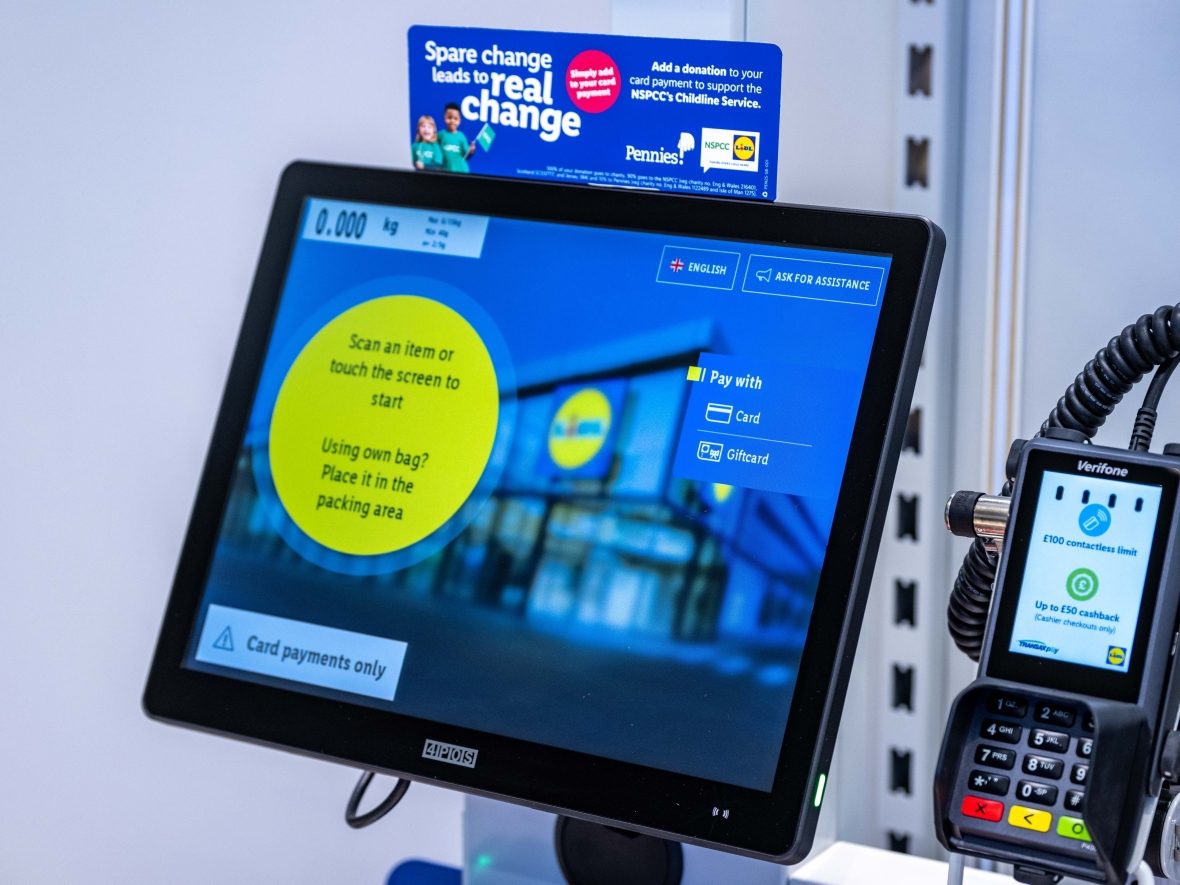Herefordshire’s COVID-19 infection rate remains low and continues to fall, despite rises in some areas of the United Kingdom due to the spread of the COVID-19 variant first discovered in India.
Data for the seven days ending 22nd May shows an infection rate in Herefordshire of 13 cases per 100,000 population. This is DOWN on the seven days ending 15th May when data showed an infection rate of 23.9 cases per 100,000 population.
Also, latest data released by NHS England shows that on 25th May, there were no patients being treated for COVID-19 at hospital in Herefordshire, with the last date a patient was at hospital with COVID-19 in Herefordshire showing as 13th May.
The areas that recorded the most cases in the seven day period ending 25th May were: (Infection Rates per 100,000 Population in Brackets)
Kington, Eardisley & Staunton – 3 new cases (36.5)
Hereford Central – 6 new cases (59.6)
Colwall, Cradley & Wellington Heath – 3 new cases (51.5)
The areas that recorded fewer than three new cases in the seven day period ending 25th May were:
Hereford South West
Hereford West
Hereford North West
Kingstone & Kingsthorne
Leominster North
Leominster South
Ledbury
Hereford North East
Shobdon, Luston & Bodenham
Wigmore, Orleton & Brimfield
Fownhope, Tarrington & Marcle
Credenhill, Weobley & Wellington
Belmont, Madley & Clehonger
Hereford South
Hereford East
Bromyard & Bishop’s Frome
Ross-on-Wye
Golden Valley
SOURCE – https://coronavirus.data.gov.uk/details/interactive-map
Confirmed cases of COVID-19 variants identified in UK
Public Health England (PHE) releases weekly updates on the number of confirmed new cases of variants of concern and variants under investigation identified in the UK.
The dominant variant continues to be VOC-20DEC-01 (B.1.1.7) and PHE will continue to monitor all variants closely. The best way to stop the spread of the virus is to remember: hands, face, space and follow the restrictions in place.
Public health leaders urge caution in areas of high variant prevalence
PHE’s latest weekly variant cases data shows that cases of VOC-21APR-02 have risen by 3,535 to 6,959 since last week.
The most affected areas continue to be Bolton, Bedford and Blackburn with Darwen, which have seen 1,354, 366 and 361 confirmed cases, respectively. There are small numbers of cases of VOC-21APR-02 in most parts of the country. PHE have published a full breakdown of VOC-21APR-02 cases by lower-tier local authority.
In some affected areas, hospitalisations are rising. Hospital attendances and admissions are predominantly in unvaccinated individuals, highlighting how crucial it is that people in these areas come forward to receive vaccination. Nationwide, up to 25 May, 201 people who were confirmed to have VOC-21APR-02 attended A&E, resulting in 43 admissions. These numbers will be updated with new sequencing results on a weekly basis.
Evidence shows that VOC-21APR-02 is likely to be more transmissible than the dominant B.1.1.7 ‘Kent’ variant. Cases of VOC-21APR-02 have continued to grow faster than B.1.1.7 but an increase in overall cases of coronavirus (COVID-19) infections has only been seen in a small number of areas. PHE experts are monitoring the situation closely to establish how much more transmissible VOC-21APR-02 may be. It is crucial that everybody, particularly in the most affected areas, take particular care to remain responsible and vigilant.
A PHE study showed that 2 doses of vaccine offers high levels of protection against symptomatic disease from VOC-21APR-02. We expect the vaccines to be effective at preventing hospitalisation and death, so it is vital to get both doses to gain maximum protection against all existing and emerging variants.
Dr Jenny Harries, Chief Executive, UK Health Security Agency, said:
With cases of the variant first identified in India continuing to rise in some areas, we are urging people to be very cautious and follow the guidance on hygiene, face coverings, social distancing and meeting outdoors. We now know that getting both vaccine doses gives a high degree of protection against this variant and we urge everyone to have the vaccine when the NHS invites you.
Please follow the public health advice and make sure that you remain careful, work from home if you can, meet people outside where possible and remember ‘hands, face, space, fresh air’ at all times. This is the best way to protect yourself and your loved ones from this variant.
In London, PHE is working across the health system and with borough council leaders in parts of the city where cases have been identified. A targeted approach is being used throughout the city, including Hounslow and other parts of west London, where dispersed clusters have been detected. This includes whole genome sequencing, PCR testing, settings-based testing, enhanced contact tracing, self-isolation support, and enhanced vaccine deployment to ensure that second doses for priority groups are brought forward and that maximum uptake is achieved for first doses.
In Bolton, the army working with RE:SILIENT visited over 4,000 houses, delivering over 1,500 test kits. This was in addition to the national surge team efforts, which saw over 9,000 properties visited and over 3,000 kits given out
In Blackburn with Darwen, enhanced vaccine uptake support has resulted in over 82% of registered patients in cohorts 1 to 10 receiving their first dose.
NHS Test and Trace have supplied more than 400,000 additional PCR test kits to the most affected areas to make sure that everyone who needs a test can get one.
In addition, over 190 existing test sites have been reassigned to provide PCR test kits in areas where VOC-21APR-02 prevalence is high. This means tests can be sequenced faster, so VOC-21APR-02 cases are found sooner.
Over 300 Mobile Testing Units (MTUs) have been deployed to provide PCR test kits for those without symptoms in high-prevalence areas, including to more than 35 schools so students, parents and staff can get a PCR test as quickly as possible.
National marketing support is in place to make sure that local communities are kept well informed about the situation in their area, how and where to get a test, and about any public health interventions, such as surge testing.
New Variant Under Investigation
A further variant, VUI-21MAY-02 (C.36.3), has been designated as a Variant Under Investigation (VUI) on 24 May on the basis of the mutation profile and increased importation from a widening international area.
There have been 109 cases of VUI-21MAY-02 dispersed across the country to date. The C.36.3 variant was first detected in Thailand, in cases who had travelled from Egypt.
There is currently no evidence that this variant causes more severe disease or renders the vaccines currently deployed any less effective. PHE is carrying out laboratory testing to better understand the impact of the mutations on the behaviour of the virus.
All appropriate public health interventions will be undertaken, including additional contact tracing and targeted testing. Where cases have been identified, additional follow-up of cases, testing of contacts and if required targeted case finding will limit its spread.
More information will be available in Variant Technical Briefing 13, which Public Health England will publish on Thursday 27 May.
Contains public sector information licensed under the Open Government Licence v3.0.




